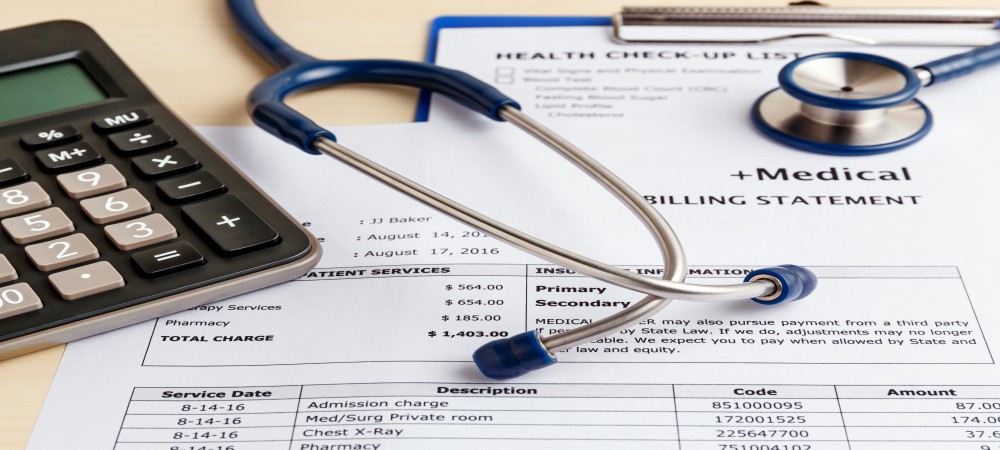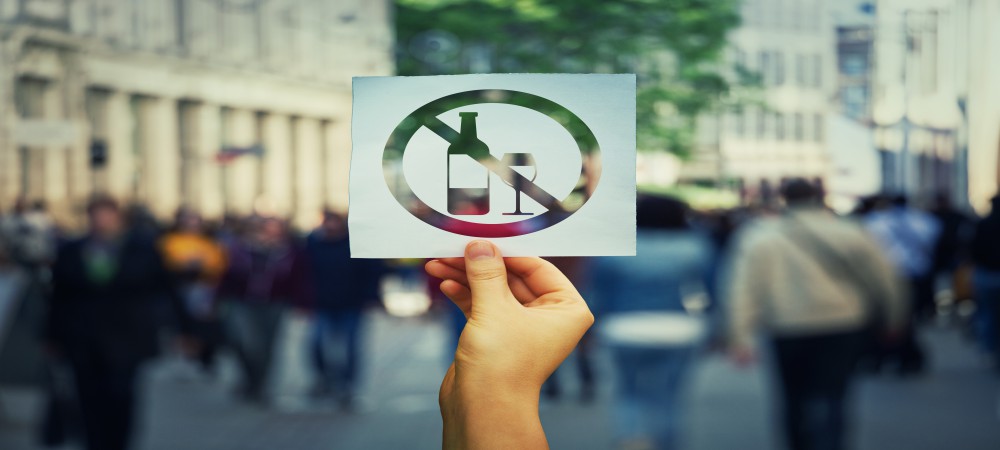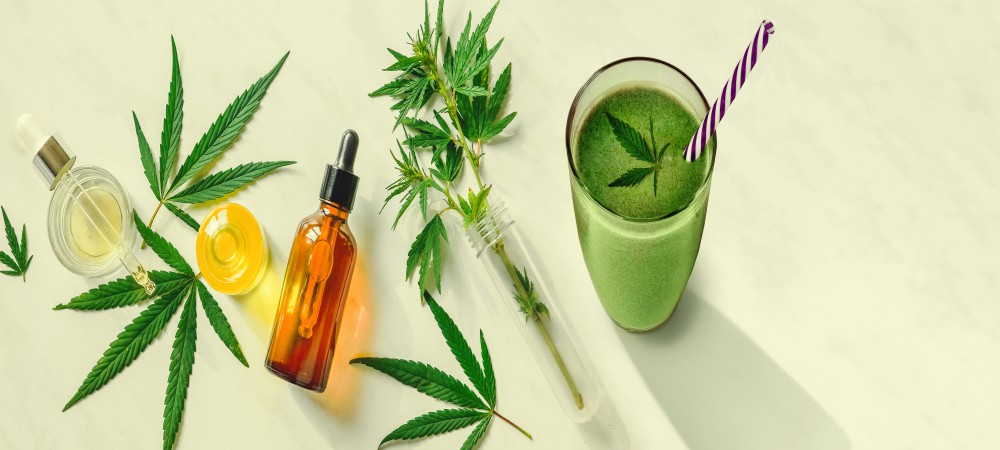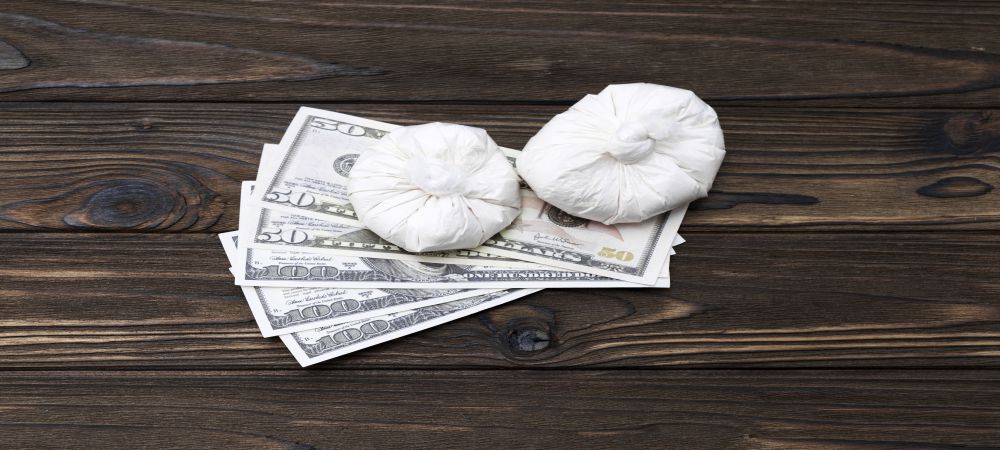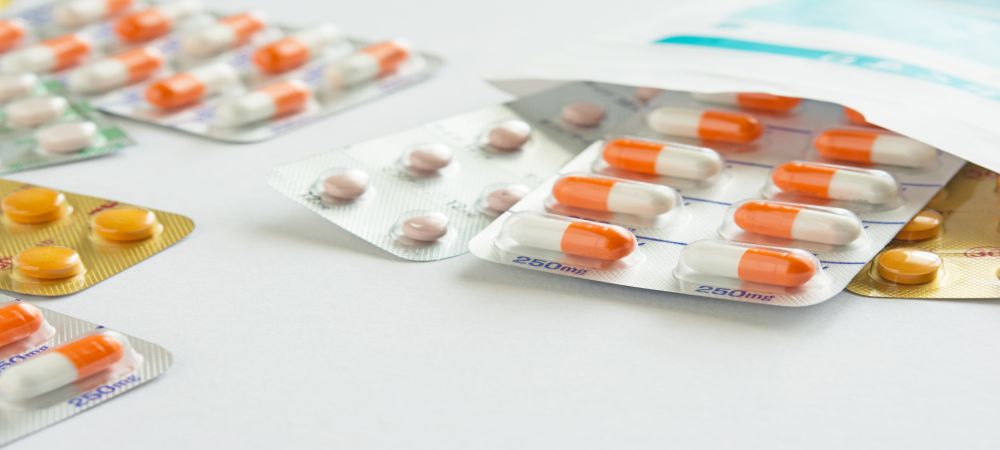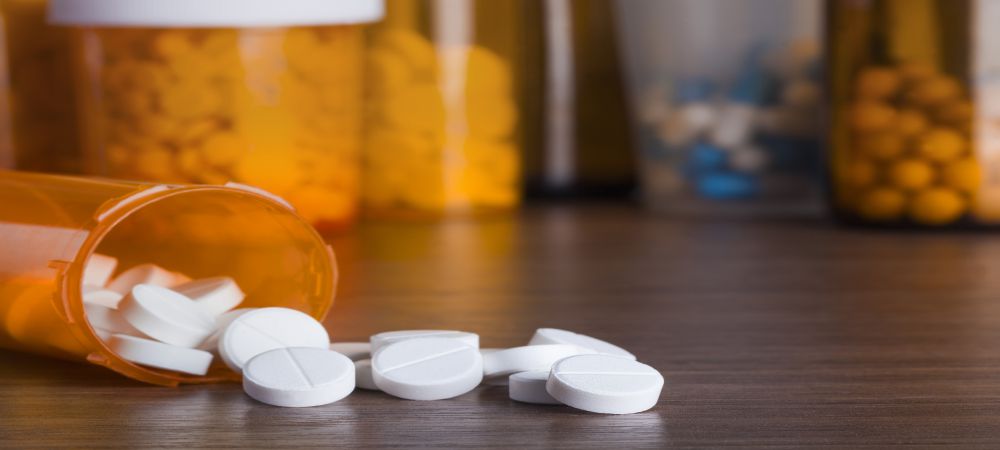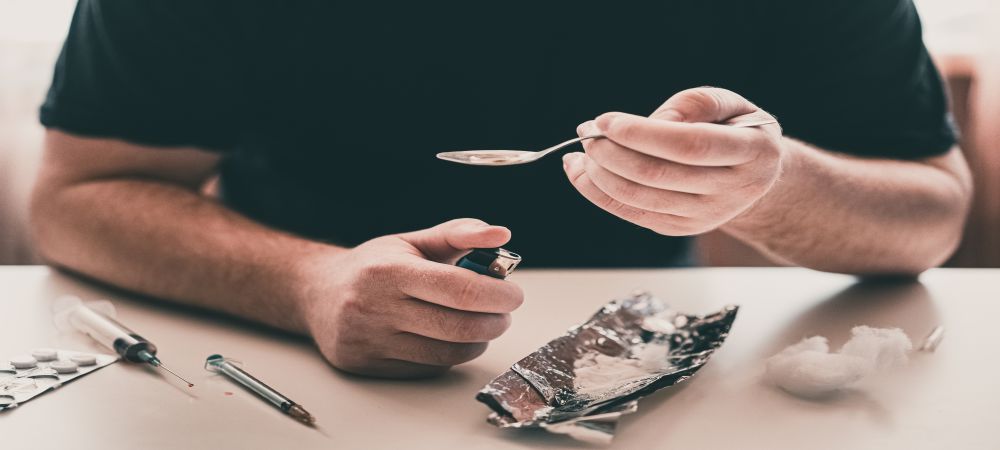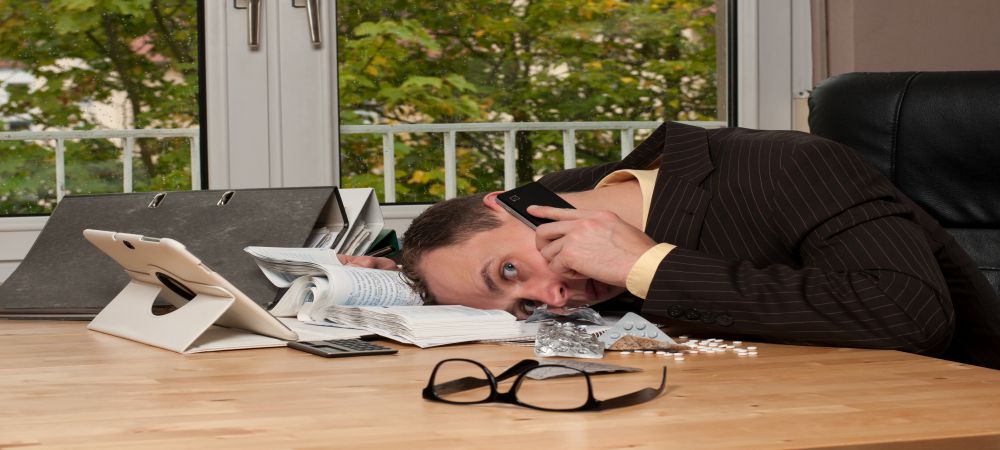Getting you or your loved one to go to a rehab center can be a huge decision. It requires you to consider factors like the cost of drug rehab. When it comes to getting treatment for drug addiction, the term rehab can be a vague one.
Firstly, there are various types of rehab each with its own cost and pricing model. For example, you can join a free support group in your community. In the same vein, you can decide to go attend a luxurious rehab centre that offers a higher quality of addiction treatment.
Asides from these two, there are other rehab options that we will further discuss in this article. These rehab programs have various timelines which can also impact the cost of drug rehab.
Depending on the severity of your addiction, an expert may recommend a treatment option for you. This can also impact the pricing for drug rehab hence the emphasis on going to a quality rehab centre. The quality of service you get plays a huge role in how effective the treatment will be.
If you’re asking to know “how much should I pay for drug rehab?” Well, there isn’t a standard price for drug rehab. However, this article discusses the factors that determine the overall cost of drug rehab.
Cost of Drug Rehab in Greater Toronto Area
Understanding the various rehab options and why they are expensive can help you avoid cheaper options. The cost of drug rehab varies from centre to centre even among private rehab centres. In the Greater Toronto Area, you can expect to pay an average price of $12, 250 for drug rehab.
However, your needs can greatly influence the cost of drug rehab. While some people may need detoxification, you may not require detoxification. With an initial detox step, the cost of your addiction rehab program will increase.
It’s always better to consider the result rather than the drug rehab expenses. As long as the treatment is effective and you’re sober, then the cost of drug rehab is justified.
Factors that Determine the Cost of Drug Rehab
When considering going for drug rehab, it’s important you know the various treatment options available. This is because the cost of drug rehab hinges on the type of treatment you’ll be getting.
Additionally, the expertise and experience of the staff in your rehab centre can impact your total bill. Rehab centres with registered therapists who have more knowledge, experience and certifications will charge more for their addiction rehab services.
Also, rehab centres charge you according to how long your treatment lasts. Here are the factors that determine the cost of drug rehab.
Private or government-owned rehab centre
Private rehab centres are owned by private individuals and aren’t funded by the government. It’s normal for private rehab centres to have varying prices. This is because of the different amenities they have and the difference in the quality of their staff. Also, if a private rehab centre has private rooms for each patient, the cost of drug rehab will be more.
Generally, private rehab centres base their price on some factors. They are,
Their staff’s educational level
Private rehab centres that have therapists with professional experience tend to charge more. Also, the attention each patient receives from these therapists influences the cost of drug rehab.
For example, a professional therapist may lead group sessions but not personal sessions. If a patient wishes to have personal sessions with the therapist, the patient will have to pay more.
Facilities
The facilities in private rehab centres can’t be compared to government rehab centres hence the cost. Also, private rehab centres have recreation facilities like swimming pools, tennis courts, gyms and spas. It’s almost like a home away from home. Sometimes, it’s even better.
Additionally, some private rehab centres offer workshops to help individuals develop certain skills. They also have personal trainers for workout classes and a conducive outdoor area. There’s no doubt that treatment will be more expensive compared to rehab centres that lack similar facilities.
Contrastingly, public or government-owned rehab centres are almost free because they are covered under OHIP. If you are a citizen in Canada, you can go to the closest rehab centre to you for treatment. However, there are clear-cut differences between private rehab centres and government-owned rehab centres.
Furthermore, because the government covers the cost of rehab, public rehab centers are usually overcrowded. This is one challenge many people face when they go to public rehab centres. prepare for what accompanies your decision.
Additionally, it isn’t immediately after you register for addiction treatment you start receiving treatment. After your registration, you will join the very long list of those waiting to receive treatment and it will take a long time.
Sometimes, the waiting period spans several months — a timeframe that may worsen the addiction. It’s not advisable to wait that long especially if you’re experiencing the adverse effects of drug addiction.
Also, asides from the long waiting list, you don’t get personal therapy sessions with the registered therapists. Unfortunately, people who go to public rehab centres have to cope with not receiving personal attention.
Because of the number of people the therapists have to attend to, they are constantly under more pressure. Unlike private rehabs, it’s almost impossible to get any personalized service in a public rehab centre.
The length of your treatment
Another factor that determines the cost of drug rehab is how long your treatment will last. Each rehab centre has a specific number of days for treatment which ranges from 30 to 45 days.
They charge you according to how long you spend in the rehab centre. When a patient’s stay is indefinite, the rehab centre will most likely charge you by the number of weeks or days.
Although people may be addicted to the same drug, the intensity of their addiction will be unique. Therefore the rehab centre cares for them according to their individual needs.
Some people may require a month to complete their addiction treatment while others may need over three months of care. People who suffer from depression, PTSD (post-traumatic stress disorder) or severe anxiety may require more time to receive treatment.
In addition to this, the extra time in rehab has a healing effect on the patient. It allows you to maximize how therapeutic it is to be in an environment that is safe.
Also, some treatments may require that each patient undergoes one week of complete detox. This detox usually precedes admission into inpatient rehab.
Conclusively, when considering the cost of drug rehab, factor in how long you’ll stay at the rehab centre. Also, compare the daily cost of your rehab program if it’s for a month, 45 days or more. This ensures you are prepared for the financial responsibilities and will help you prevent future surprises.
Related Article: Helping An Addict: Are You Enabling Them?

Staff professional qualifications
The quality of service you get from a rehab centre largely depends on the staff. The rehab centre is as good as the staff it has. To offer the best addiction service to cater to your mental health, rehab centres need to employ only the best. This means that their therapists will need to be registered at the master’s level before they can be employed.
Furthermore, they must have other medical personnel such as registered nurses, psychiatrists, psychologists, addiction counsellors and physicals. Often, many people mistake addiction counsellors for a registered therapist. However, they are different. And, so is their contribution to addiction treatment.
Standard rehab centres only allow registered therapists to conduct one on one sessions. If you have a session with a counsellor, it isn’t regarded as a therapy session.
In addition to this, the job of a registered therapist is to help you tackle unresolved issues. They also help you trace the trauma fueling your drug addiction. While contrastingly, addiction counsellors help you to handle the emotional trauma that occurs while recovering. They do this by helping you form healthy habits.
When choosing a rehab centre, inquire if they have registered therapists and how many are available. Also, note that the time you spend with an addiction counsellor or an acupuncturist isn’t the same as therapy.
Types of addiction treatment
Drug rehab services, although expensive, ensures you get the best treatment available. The cost of drug rehab is influenced by the type of addiction treatment you need.
If you’re opting for in-patient rehab you can pay up to $60000 for a 90-day treatment program. Below are the types of addiction treatment and how they affect the cost of drug rehab.
In-patient
In-patient addiction treatment is recommended for people who have a severe drug addiction. According to Mental Health.gov, an inpatient program is valuable to patients suffering from disorders as a result of the addiction. Such disorders may include:
- Paranoia
- Hallucinations
- Delirium
- Euphoria
With an inpatient treatment program, addicts will receive round-the-clock care. During this time, there is a limit to exposure to the addicted drug. Also, there is a limit to interaction with people or things that contribute to the addiction.
Additionally, in-patient addiction treatment employs professionals that supervise your recovery process. Although expensive, it is better than out-patient because of the medical treatments patients receive.
Typically, in-patient addiction treatment provides food and accommodation in an environment conducive for their recovery. Considering feeding and accommodation, the cost of addiction treatment will be higher than in out-patient programs.
outpatient
Ranging anywhere from $10000 and above, outpatient addiction treatment is for those with less severe drug addiction. Also, they are for patients that have loved ones that support them and can support their sobriety. Patients who stay in environments conducive to their recovery don’t have to opt-in for in-patient treatment.
This can be an advantage for such patients as they get to spend less on treatment. However, patients in outpatient programs have slimmer chances of recovery than in-patient programs.
Nonetheless, outpatients can continue their daily routine and receive treatment too. Furthermore, outpatient addiction treatment offers various programs that address the addiction. They are,
- Behavioural therapy e.g motivational incentives, cognitive behavioural therapy and multidimensional family therapy.
- Group or individual counselling.
Many people often opt for outpatient addiction rehab because it is less expensive than inpatient addiction treatment. The absence of accommodation, medical treatment and feeding are what makes it less expensive.
Detox
During detox, the drug substance is medically taken out from your body. The process can be stressful for some and less stressful for others.
It is important to know that medical detox is not a must for every drug addiction patient. Only a consultation with an addiction treatment expert will help you tell if there is a need for detox.
After quitting drug use, some patients may experience severe withdrawal symptoms. These symptoms, if not medically handled, can lead to other complications. Hence, the importance of professionals during medical detox. Oftentimes, we advise patients to undergo detox where they are receiving treatment. The cost of medical detox ranges from $1000 to $1500.
Location
Although private addiction treatment is expensive, the centre’s location can impact the cost of drug rehab. If you stay in places where the cost of living is high, treatment will be more expensive. It’s advisable to put into consideration the location of the rehab centre before applying for drug rehab.
Addiction Rehab Payment Methods
Commonly, patients find it challenging to pay for drug addiction treatments. For this reason, most people neglect thoughts of going in for addiction treatment. There are several ways to pay for drug addiction treatments including:

Insurance
A common way of paying for drug addiction treatment is through insurance companies. To ensure that patients can undergo addiction treatment without much Financial strain, the Affordable Care Act (ACA) has made it compulsory that all insurance policies cover drug addiction treatments.
However, some companies have a limit to their insurance cover on drug addiction treatment. For instance, say your addiction treatment may require you to spend 60 days in rehab. Your insurance provider policy may only cover 30 days of addiction treatment. So, you may be paying for the other 30 days.
Also, insurance companies do not only decide your stay at rehab but the services you can receive. To cut costs on their end, you may not receive yoga and massage services. These services are meant to build your mind and help you stay focused. So, you may be paying extra if yoga services are included in your treatment program.
Medicaid and Medicare
If by any chance your insurance policy does not cover additional treatments, there are other payment methods. You can either use Medicare or Medicaid.
Medicare is federal health insurance that began in 1996. It focuses to help those who are unable to cater for their addiction treatment payments. To qualify for medicare, you are either
- 65 or older
- Below 65 and disabled.
Contrastingly, Medicaid provides free or low-cost health care to the less privileged. Most times, to low-income earning people. The good thing about Medicaid is that it doesn’t border on age or physical challenges.
Most times both medicare and Medicaid are funded by the federal or state government. Therefore, you may be paying little or nothing to gain access to rehab. However, this depends on your residence, eligibility and coverage.
Addiction treatment financing
In some cases, a patient may not qualify for Medicare and Medicaid insurances. For such people, there are other ways to get payments. Below, we have carefully highlighted some addiction treatment financing options for you.
- A home equity loan.
- Some scholarships are offered by addiction treatment centers. Your doctor can refer you or you can ask the admissions office about scholarships.
- Individual savings such as IRA or a 401(k) plan.
- Financing schemes that allow you to make payments after discharge
Frequently Asked Questions on the Cost of Drug Rehab
It’s common to have many questions bothering you concerning drug rehab. Here we provide answers to some frequently asked questions.
How do I know I’m ready for addiction rehab?
You don’t have to wait till you hit rock bottom before registering for addiction treatment. Waiting till your addiction is terrible can cause you to lose many things in the process. The ideal time to consider getting treatment is when you realize you’re addicted to drugs.
What is the length of treatment?
How long your drug addiction treatment will last depend on various factors. One factor that determines the treatment length is the severity of the addiction. The more severe your addiction is, the longer your addiction treatment will last. People who require detox will have to spend more time receiving treatment.
Can I go to rehab in another state?
While it’s not compulsory to leave your state or area for rehab, it can be beneficial. Often, patients get the most out of their addiction treatment when they are away from home.
A change of environment can help address issues contributing to their addiction. However, you can also take advantage of the rehab centres around you to get the treatment you need.
What should I take to rehab?
Rehab centres have varying do’s and don’ts. There are some things you aren’t allowed to take with you depending on your rehab centre. Before packing. ask your rehab centre for the list of items you can or can’t come with.
For instance, you are to come along with your clothes and toiletries. Also coming with a notepad and stationery is a good idea. You should also come with a valid means of identification. Your rehab centre will provide beddings, feeding, beverages and snacks.
Can I get sober on my own?
Getting professional help with dealing with drug addiction is important to your recovery. People often think they can stop drug addiction on their own but end up worsening their situation.
Withdrawal symptoms are usually painful hence the need for supervision by medical personnel. Detoxing by yourself is life-threatening and not advisable.
How do I prepare for rehab?
A lot of things will change about you when you go to rehab. Your absence may impact your family, job and lifestyle. Therefore, putting things in place before leaving for rehab is very important. This will ensure you focus on recovery and not bother about your family.
Also, consider the financial responsibilities accompanied by addiction treatment. You should consider your obligations at work and changes in your lifestyle.
Related Article: 8 Exercises That Can Help With Addiction Recovery
To Wrap It Up
Drug addiction isn’t the end of the world. This issue is most people tend to wait till their situation gets worse before getting treatment. The cost of drug rehab is worth the recovery that follows.
While preparing yourself mentally for drug rehab, you should also prepare financially. Typically, the average cost of drug rehab is about $12,250. Depending on your treatment program and rehab centre, it may be more or less. Also, people whose insurance doesn’t cover addiction treatment can use Medicare or Medicaid.
Don’t let the cost of drug rehab deter you from living a healthy life again. 1000 Islands Rehab Centre offers quality addiction treatment services in the Greater Toronto Area. Contact us to discuss pricing options with an expert today!
